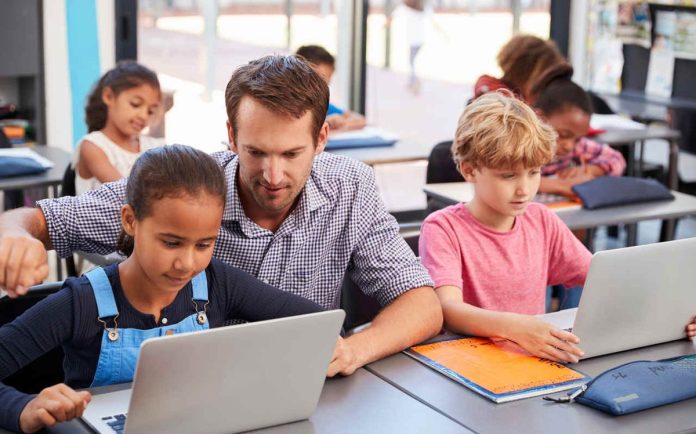In a world where technology and education intersect, the digitalization of primary, secondary, and higher education is a bet on the future – a 22 Bet on the transformative power of tech in the classroom. We are entering the Fourth Industrial Revolution. Technology is changing how we teach important job skills. For example, science and math. This is causing discussions about its bigger effects. Supporters say it makes learning more enjoyable. It fits each student’s needs. But others worry that it might affect our thinking and creativity. They also fear that it widens the gap between people who can buy electronic devices and those who can’t.
Technology in the Classroom
Education centers have recently been turning to digital apps and virtual platforms. New technologies will continue to emerge. They will bring about changes in teacher training and lesson planning. The changes will include new, interactive experiences and skills. There will also be one-on-one teaching in the classroom and online. All this aims to better prepare students for the job market demands. Digitalization in education will also help us adapt content. It will help us develop new testing methods. We will also use statistical data monitoring tools. It will also bring other strategies to tomorrow’s classroom.
BlinkLearning surveyed teachers worldwide. 83% of them said they use digital tools every day in class. The survey found that digital tools make talking and learning easier. They can be tailored to each student’s needs. Technology only sometimes leads to higher grades. Yet, it helps students be more self-reliant, eager to learn, and skilled in using technology.
New technology can open up digital experiences that enhance interaction and problem-solving. Educational technology, or “ed-tech,” lets schools use online services and apps. This puts all information in one place. It makes it easier for teachers and students to share things and work together.
End of the Road for Textbooks?
Tablets and e-blackboards don’t have to spell the end for printed books. They can be used in tandem. Looking up information on an electronic device is easy. Printed books are still the best way to teach reading.
Schools use more digital tools, like tablets and electronic files, in lessons. This makes books extra materials.
Another teaching format is the “flipped classroom.” In it, students use audiovisual tools on electronic devices to do their reading lessons at home. At school, teachers help debate, ask questions, and share ideas with them about what they’ve read.
More teachers are using digital tools instead of textbooks. They think using digital resources helps students learn better. It also helps them think deeply, be more open-minded, and be creative.
Technology and STEM
Innovative education hinges on a growing demand for new expertise in the job market. Digitalization has led people to seek digital skills. They want to master data management and other in-demand tech fields. The digital revolution makes jobs in science, technology, engineering, and math (STEM) more in demand. Thus, the challenge for educators is how to embed STEM in their lessons.
The OECD’s Future of Education and Skills 2030 project suggests we update how we do education. Instead of learning traditional knowledge, we should also focus on learning essential skills for the 21st century. These skills include being creative, thinking critically, communicating well, and working with others.
Final Thoughts
The integration of technology in education is a dynamic trend. It is also a necessary adaptation to the demands of the modern world. As schools use more digital tools, students learn in a way that fits them best. This makes learning more enjoyable. It also helps students gain important skills for today’s world. Teachers have to mix old and new teaching methods. They do this to prepare students for a future filled with technology. This change is a big step but good for students and teachers. This transformation in education is not about adopting new tools. It is about reimagining learning for a new generation.








